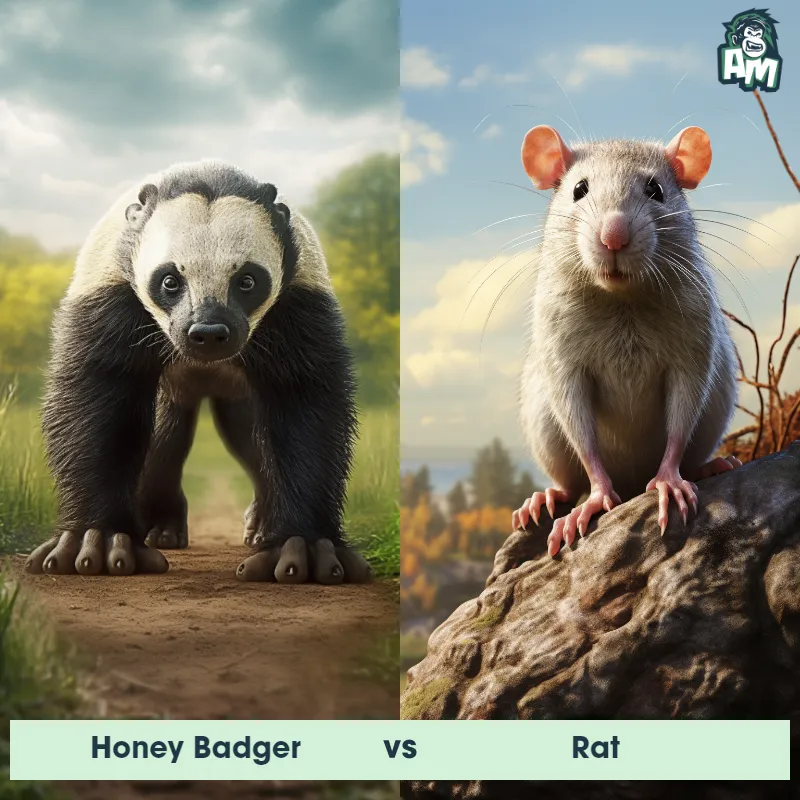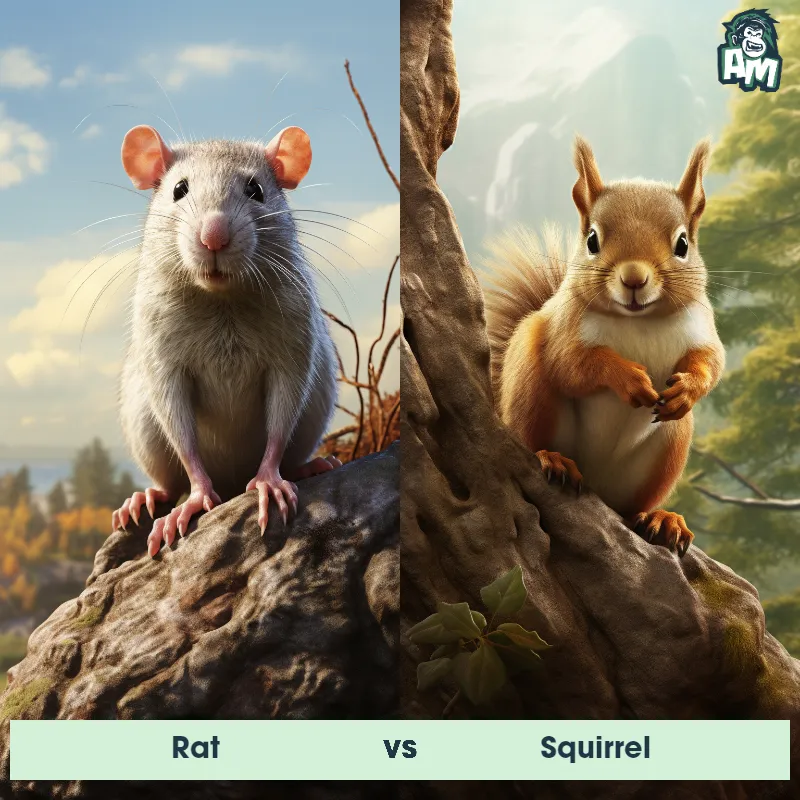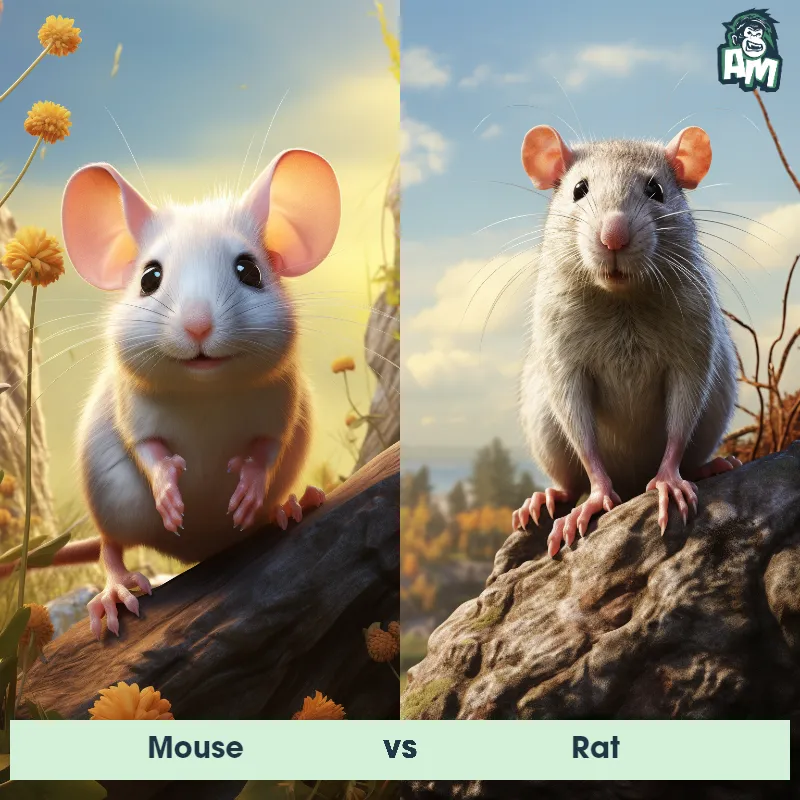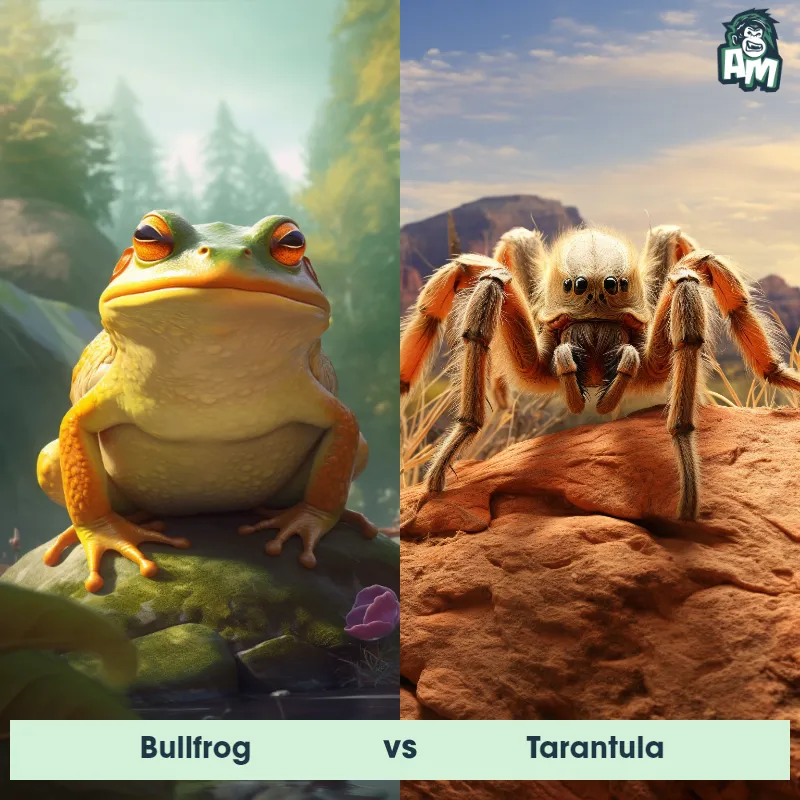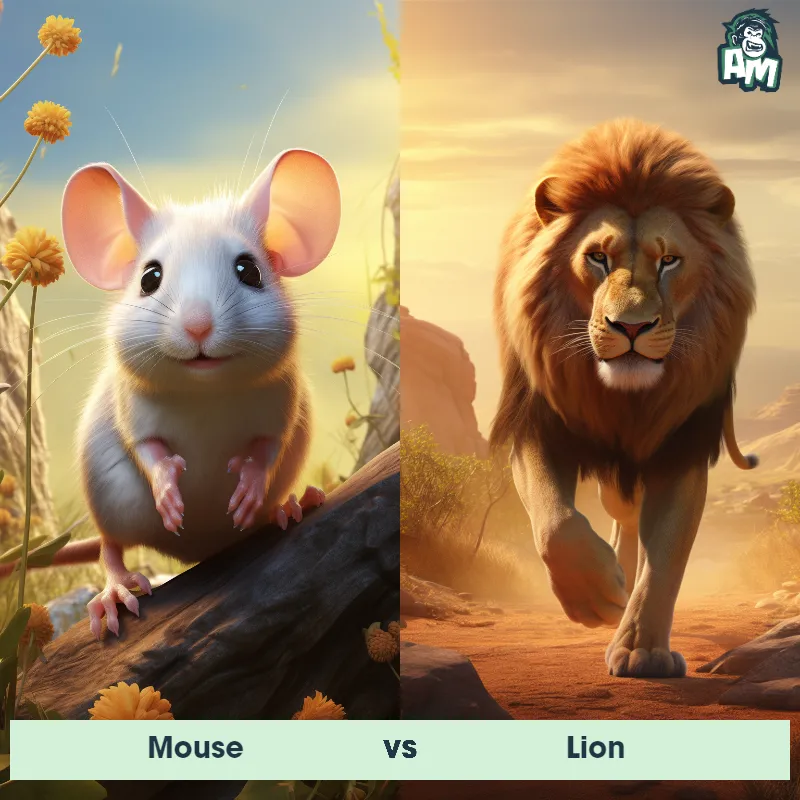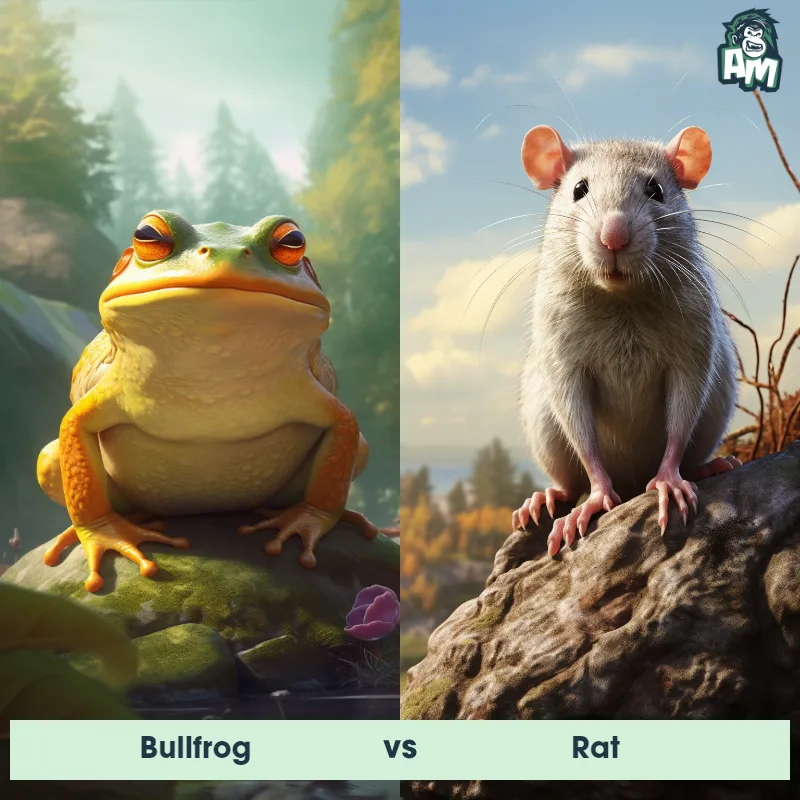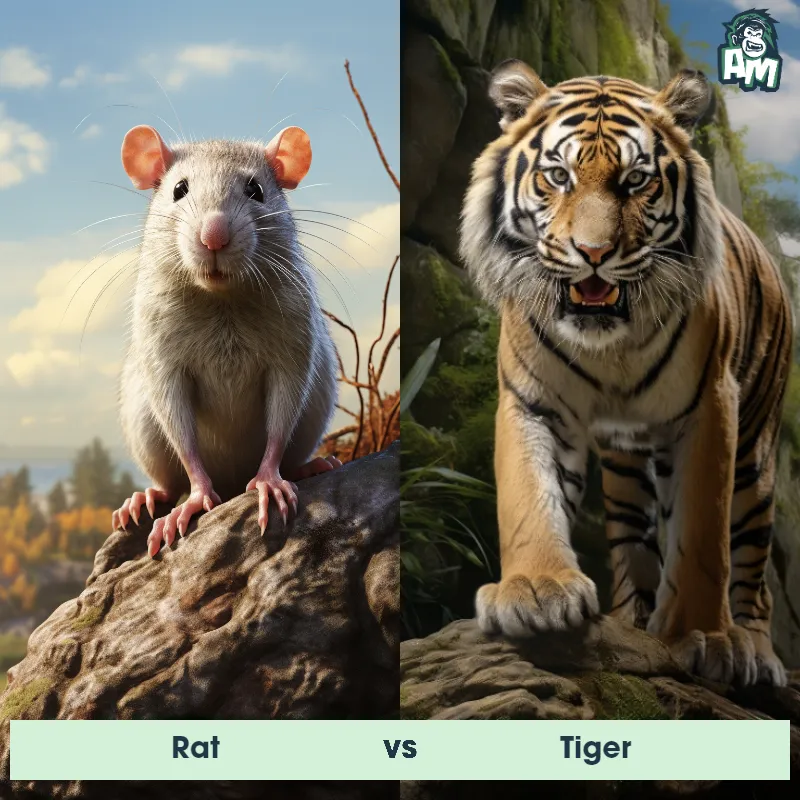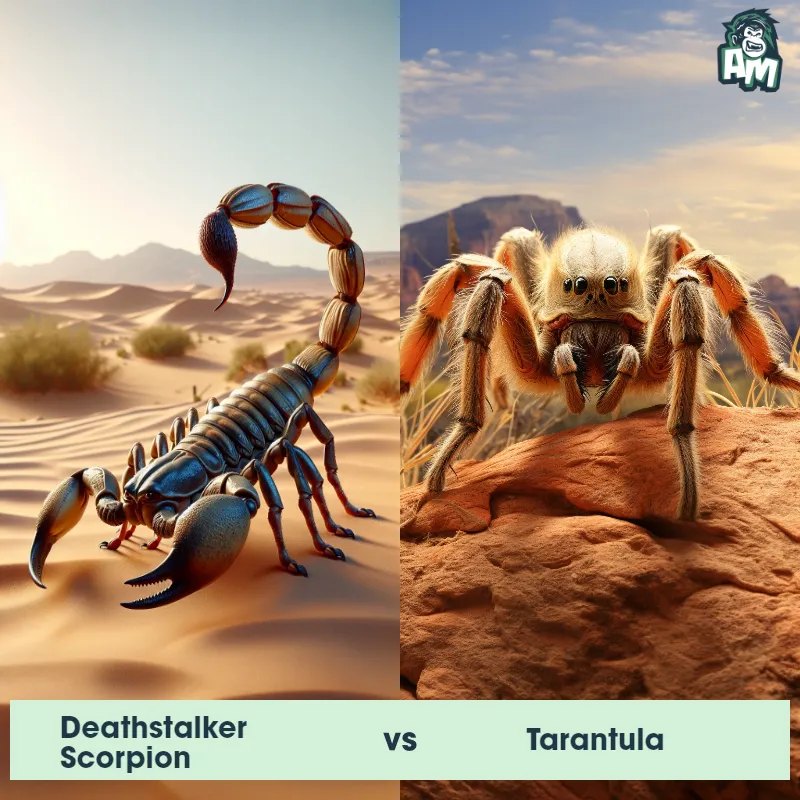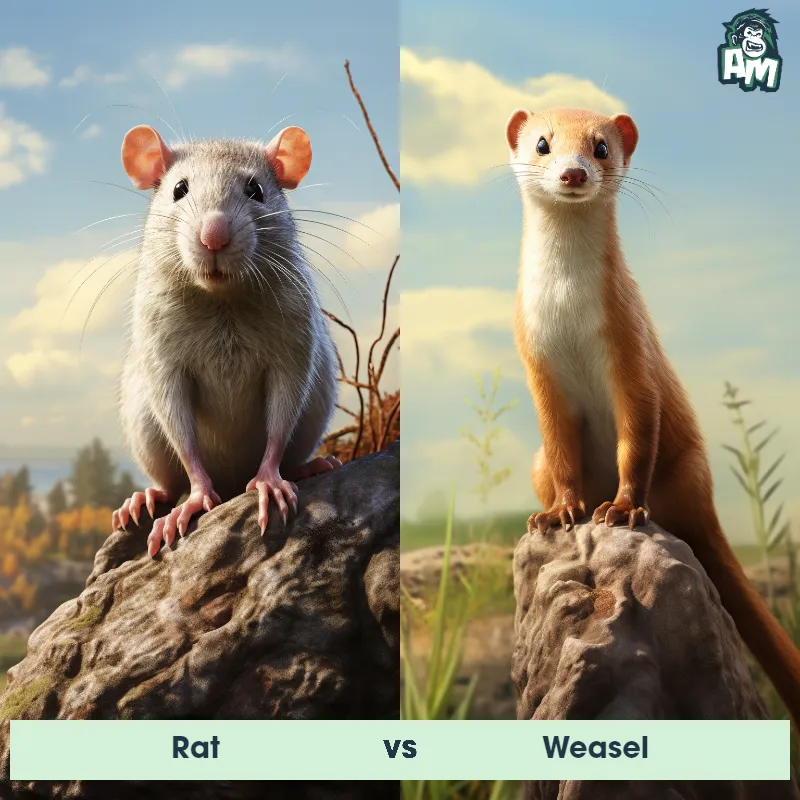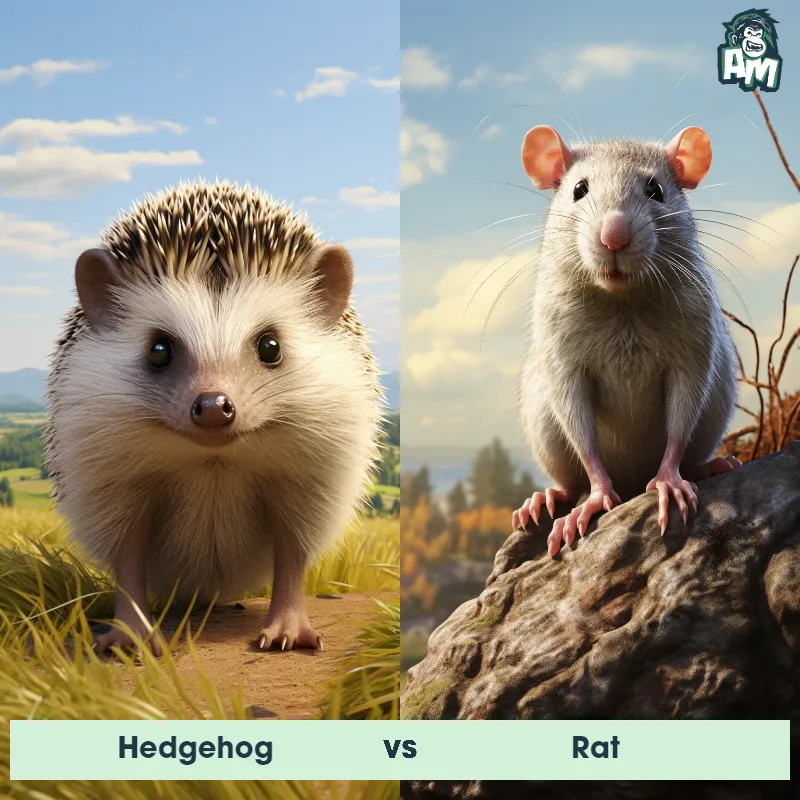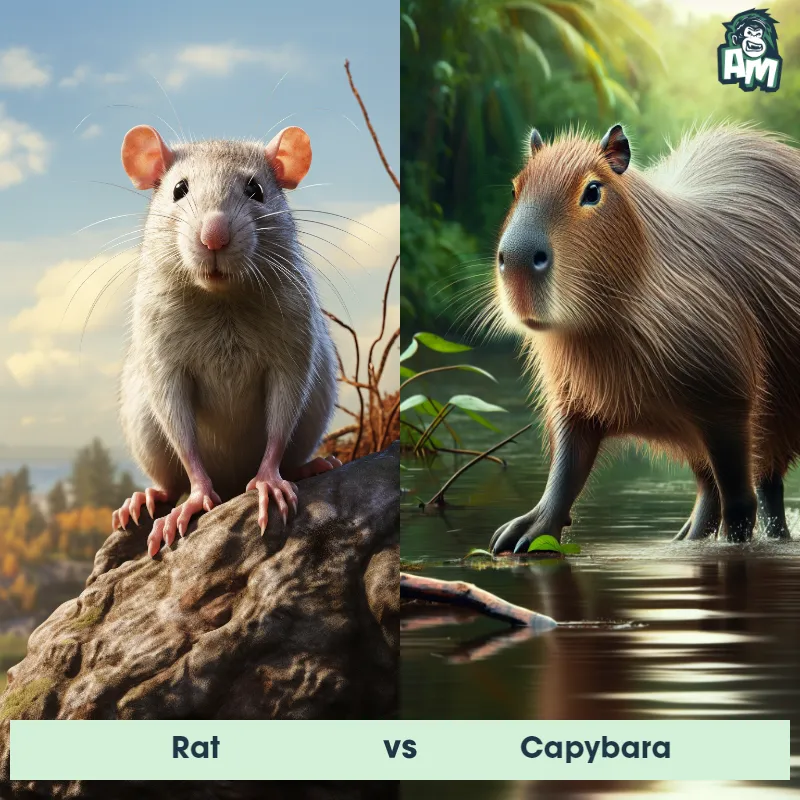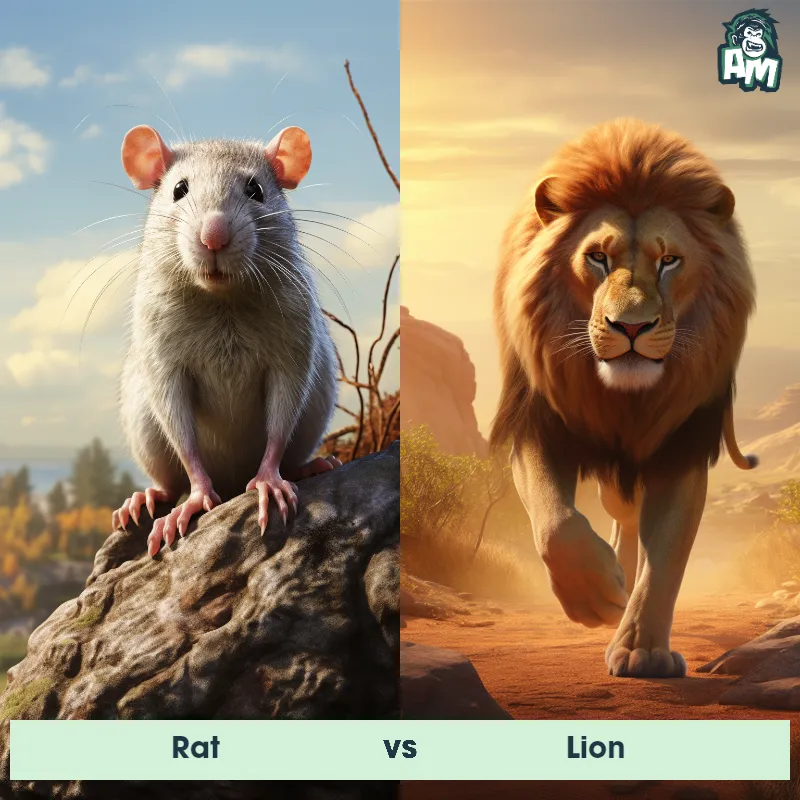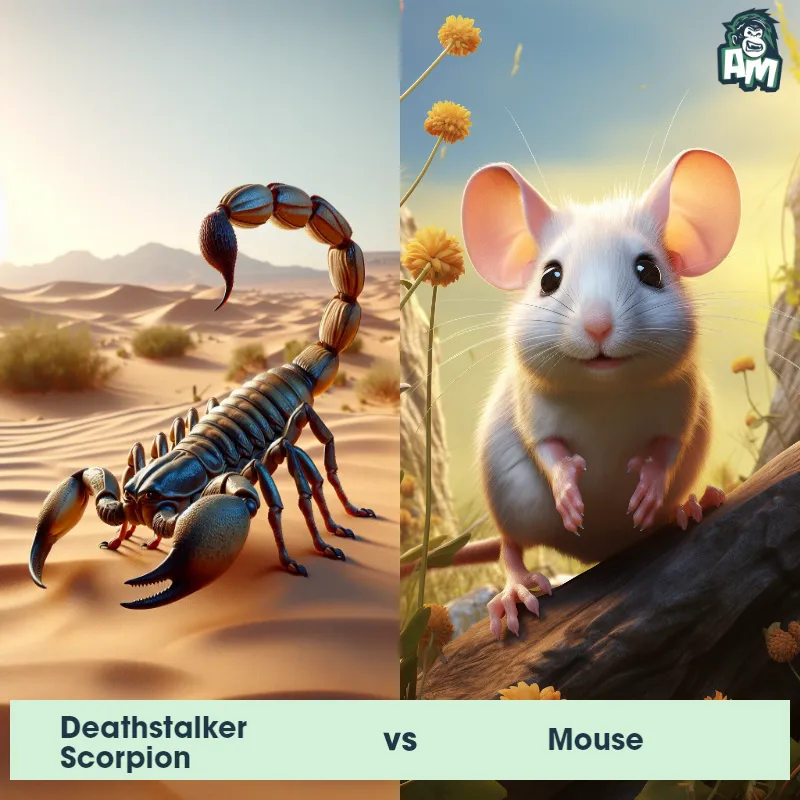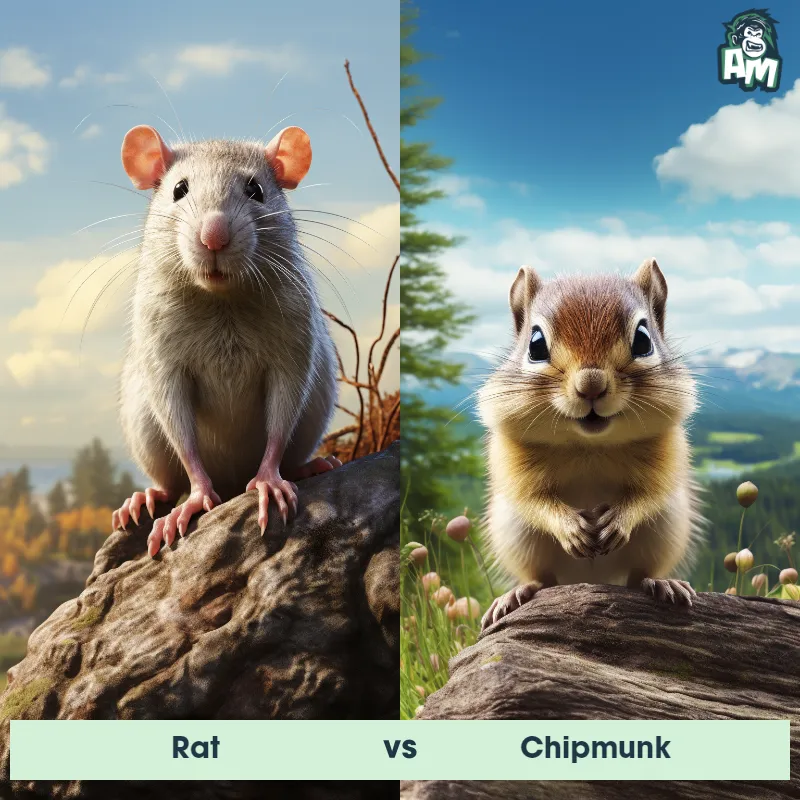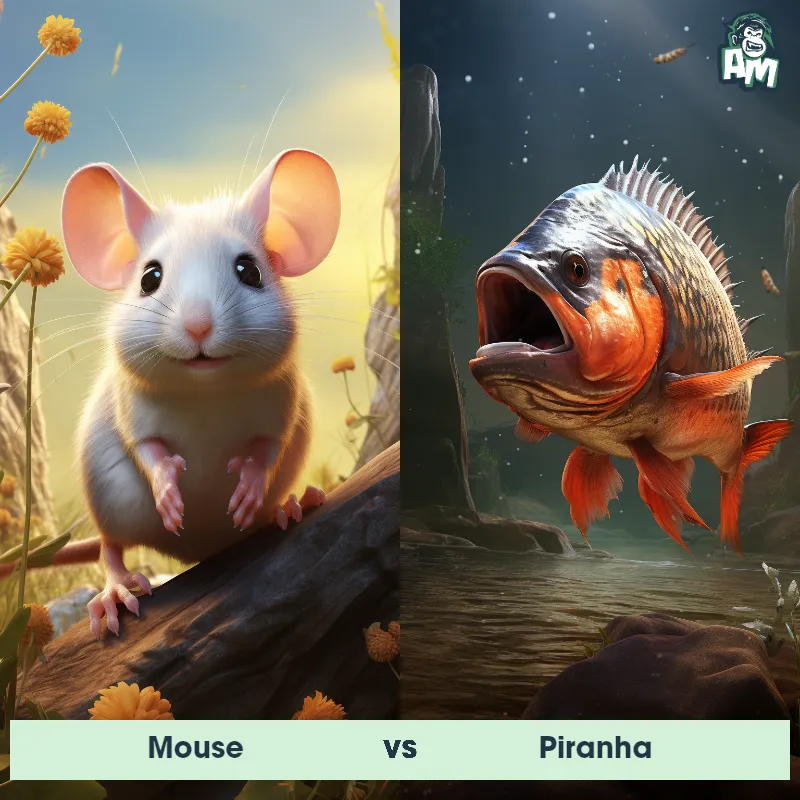Rat vs TarantulaSee Who Wins

Ladies and Gentlemen, tonight we have an unusual, yet thrilling showdown in this exciting, three-round battle. On one side, we have a curious and quick Rat, known for their agility and intelligence. On the other side, we have a patient and fearsome Tarantula, renowned for its potent venom and hair-flicking defense. Both strong contenders in their own right, the real question is - who will outsmart who under the glaring lights of this landmark clash?
Contender 1: Rat
The Rat is a medium-sized, long-tailed rodent, renowned for its adaptability to various environments. Common species include the larger brown rat (also known as the Norway rat) and the smaller black rat. Rats typically range from 9 to 11 inches in body length, with a tail length that's about the same. They have robust bodies, pointed snouts, and small, hairless ears. Rats are omnivores, with a diet that can include grains, fruits, vegetables, meat, and eggs, and they have a strong instinct to gnaw, which keeps their constantly growing teeth in check.
Fun Fact: Rats have excellent memories, and once they learn a navigational route, they won't forget it.
Contender 2: Tarantula
Tarantulas comprise a group of large, hairy spiders that are found in various parts of the world, predominantly in the tropics. They possess eight legs, two body parts (cephalothorax and abdomen), and are known for their pronounced fangs, which they use to inject venom into their prey. Despite their menacing appearance, tarantulas are generally not harmful to humans, as their venom is weaker than that of a typical bee.
Fun Fact: Tarantulas are known for their unique defensive tactic where they can flick off tiny, barbed hairs from their abdomen when threatened, which can irritate the skin or eyes of a potential predator.
Matchup Stats
| Rat | Tarantula | |
|---|---|---|
| Size | 9 to 11 inches (22.86 to 27.94 cm) | Up to 11 inches (28 cm) including leg span |
| Weight | 0.77 to 1.1 lbs (350 to 500 grams) | Up to 3.5 ounces (100 grams) |
| Speed | 7mph (11km/h) | 1mph (1.6km/h) |
| Key Strength | Strong instinct to gnaw | Venomous fangs |
| Biggest Weakness | Small size and lack of defensive mechanisms | Slow movement |
Current Votes
Rat vs Tarantula
See Who Wins
View More Matches
Looking For More?
Similar Matches
Scientific Stats
| Rat | Tarantula | |
|---|---|---|
| Scientific Name | Rattus | Theraphosidae |
| Family | Muridae | Araneae |
| Habitat | Various environments, including urban areas, forests, and fields | Various, predominantly in tropical regions |
| Geography | Worldwide, except for Arctic and Antarctic regions | Worldwide, predominantly in the tropics |
| Diet | Omnivorous (grains, fruits, vegetables, meat, eggs) | Insects, small birds, rodents, and lizards |
| Lifespan | 1 year - 4 years | 10 years - 25 years |
Key Differences between Rat and Tarantula
- Facial features: Rats have prominent whiskers, a pointed snout, and relatively small eyes, whereas Tarantulas have a pair of large, forward-facing eyes and fang-like mouthparts called chelicerae.
- Locomotion: Rats are mammals and move by walking or running on their legs, while Tarantulas are arachnids and move using their eight legs, often described as crawling or scuttling.
- Body shape: Rats have a compact, elongated body with a distinct head, while Tarantulas have a round, bulbous body shape.
- Size: Rat is typically much larger than a Tarantula, with an average size ranging from 9 to 11 inches in length, while Tarantulas are generally smaller, ranging from 2 to 6 inches.
- Fur: Rats are covered in fur, ranging in color from white to gray or brown, whereas Tarantulas have a hairy appearance with dense, bristly hairs covering their bodies, which can vary in color and pattern.
- Appendages: Rats have four legs, a long tail, and small ears, while Tarantulas have eight legs, no tail, and no visible ears.












